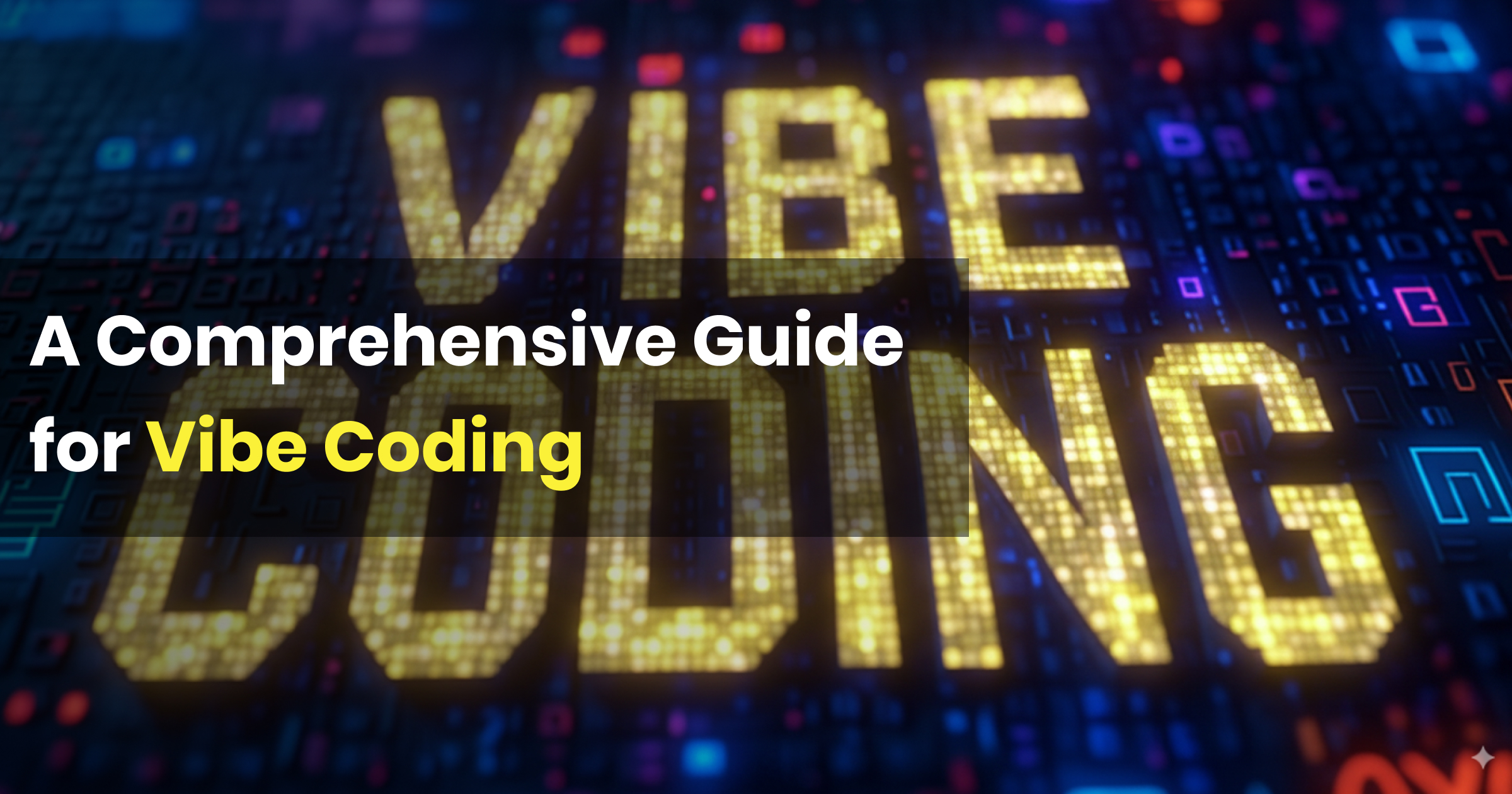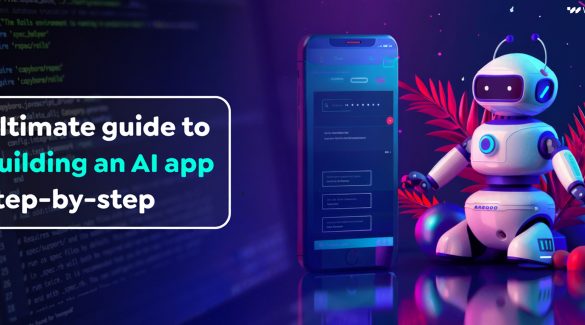18 Sep 2025
Updated on October 7th, 2025
A Comprehensive Guide for Vibe Coding
Matthew Connor


Software is evolving at a very rapid pace. A few years ago, building an application meant writing each line of code by yourself. In this contemporary world, it is no longer necessary to look at the code to construct an app, which is known as vibe coding. This switch is huge. It allows everyone to not just simply develop but also build software, boost the entire process, and ensure that the iteration on the concept than ever. While the vibe coding is the future, is it just another passing sensation?
What is Vibe Coding?
In the Software engineering profession, development is rechanging from tough, manual coding and evolving into more flexible and AI-powered, and vibe coding is at the front of this change. “Vibe coding came into existence by the famous computer scientist Andrej Karpathy in February 2025, and emphasized the importance of AI tools in software development. This idea is in line with the development of artificial intelligence technologies, large language models (LLMs), for instance, Claude, ChatGPT, and OpenAI’s Codex, to support developers, which stays in the zone of innovation and automation coding jobs.
How to Enforce Vibe Coding?
To execute vibe coding in practice, the customer needs to follow the steps below:
Step 1: Select any AI coding assistant forum: Selection based on your technical, performance, or expense requirements. For instance, Replit is one of the industries and an adaptable forum for translating concepts into application execution code.
Step 2: Define your requirement: In this phase, the customer delivers a straightforward prompt that explains what they intend to develop. The more useful the prompt is, the more responsible the output will be.
Here is a sample prompt: Build a lively and interactive visual experience that responds to music, user interaction, or a real-time data set. Your animation should comprise seamless transitions and colourful and vibrant visuals with an interesting flow in the experience. The animation should feel organic and responsive to the music, user experience, or live data, enabling an experience that is immersive and stunning. Satisfy this task by using JavaScript or React, and enable effortless customization to establish the mood for future experience.
The prompt is absolutely clear and specific, context relevant, and objective-oriented.
Step 3: Code Refinement: From the earlier outlined prompt, a basic and imperfect code will be constructed by using the installation structure of the animation task, and can be viewed as a beginning point. Once the customer checks the basic version, the scope of refinement will be specified. This happens by refining the prompt.
Step 4: At last, code review and shipping: This is the final step where the code is reviewed after refinement based on the polished prompts, so that the functional code generated can be used for at final stage of deployment.
Conclusion
In conclusion, vibe coding is always in its infancy. Integrating generative AI models with quick and smart coding assistance makes software development more dynamic and realistic. By integrating coding agencies into the programming language (Python) code editor, combined development environment (IDEs), it removes the requirement for manual writing of every line of code for the web apps. This provides quick coding for beginners, programmers, and non-programmers with real-time code production and enhances workflow quickly. Nevertheless, VibeOps will consistently need human intervention to achieve its planned results.



